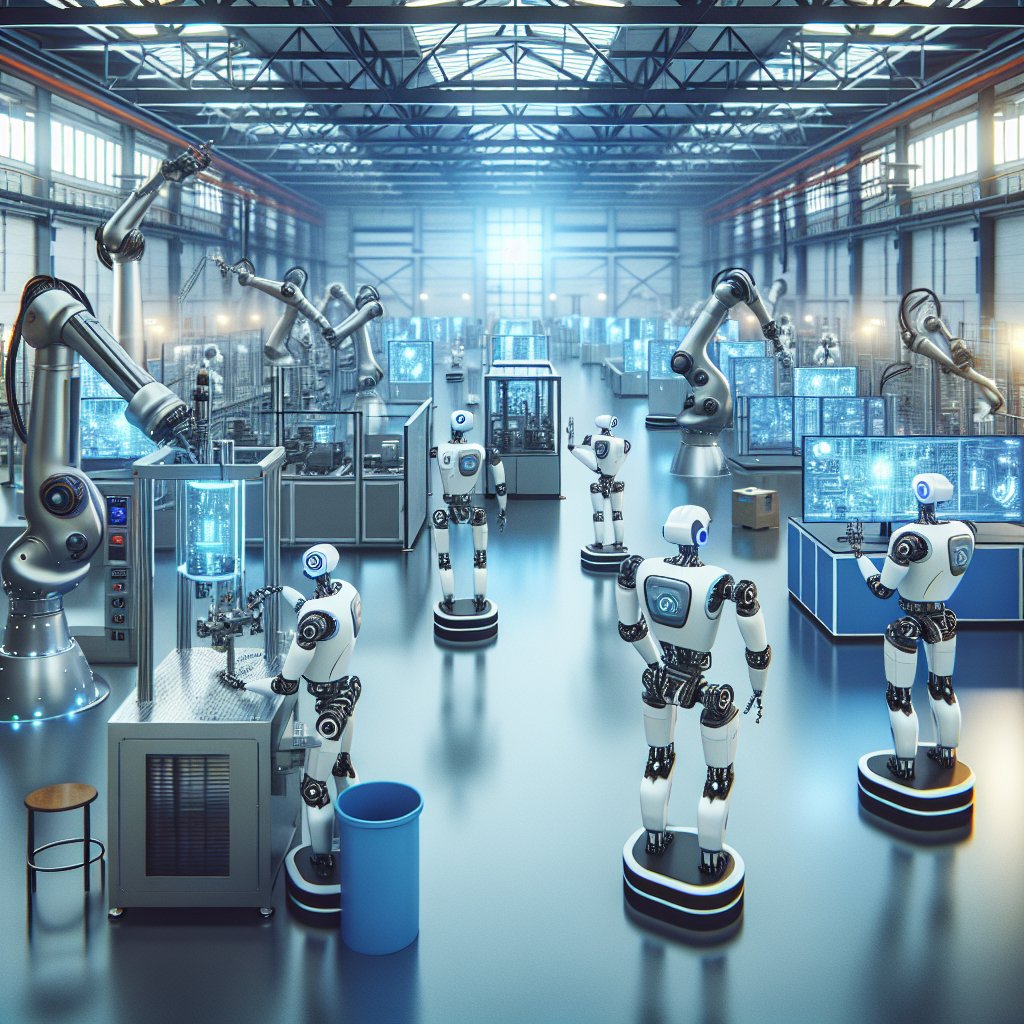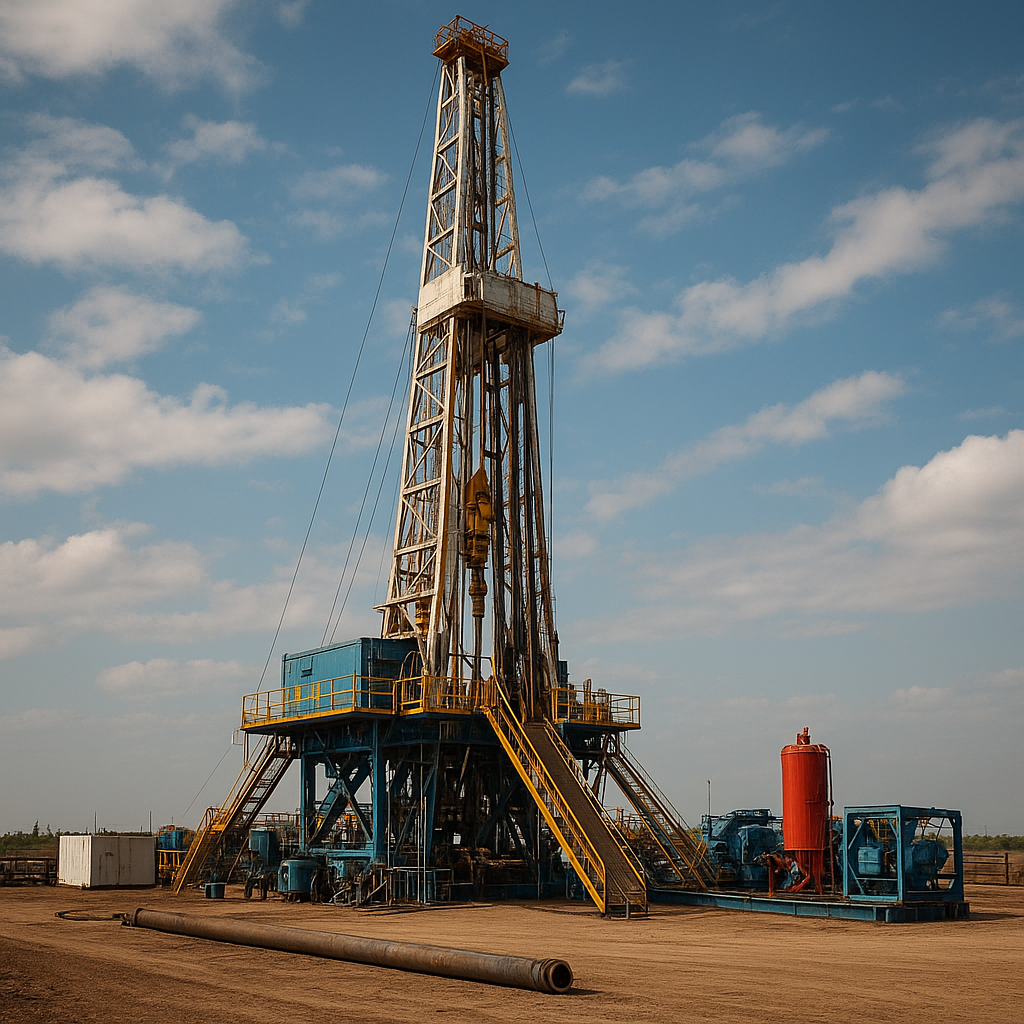
The integration of collaborative robots, or cobots, into industrial manufacturing is revolutionizing the way production lines operate. Unlike traditional industrial robots, cobots are designed to work alongside human workers, enhancing productivity and safety. As industries continue to evolve, the role of cobots is becoming increasingly significant, offering a glimpse into the future of manufacturing.
Understanding Cobots and Their Role in Manufacturing
Cobots are a relatively new innovation in the field of robotics, designed to collaborate with humans in a shared workspace. Unlike their more traditional counterparts, which are often large, expensive, and require safety cages, cobots are typically smaller, more affordable, and equipped with advanced sensors and software that allow them to safely interact with human workers. This makes them ideal for a variety of tasks in industrial manufacturing, from assembly and packaging to quality inspection and material handling.
The primary advantage of cobots is their ability to work alongside humans without the need for extensive safety measures. This is achieved through the use of sophisticated sensors and algorithms that enable the cobot to detect and respond to the presence of humans in its vicinity. For example, if a human worker enters the cobot’s workspace, the cobot can slow down or stop its operations to prevent accidents. This level of safety and flexibility is a game-changer for industries looking to optimize their production processes.
Moreover, cobots are designed to be user-friendly and easy to program, which means that they can be quickly integrated into existing production lines without the need for extensive training or reconfiguration. This is particularly beneficial for small and medium-sized enterprises (SMEs) that may not have the resources to invest in traditional industrial robots. By leveraging the capabilities of cobots, these companies can enhance their competitiveness and adapt to changing market demands.
The Impact of Cobots on Workforce Dynamics
As cobots become more prevalent in industrial manufacturing, they are reshaping the dynamics of the workforce. One of the most significant impacts is the shift in the role of human workers. Rather than replacing jobs, cobots are designed to complement human labor by taking on repetitive, mundane, or hazardous tasks. This allows human workers to focus on more complex and value-added activities, such as problem-solving, decision-making, and innovation.
This shift in responsibilities can lead to increased job satisfaction and productivity, as workers are no longer burdened with monotonous tasks. Additionally, the presence of cobots can create new job opportunities in areas such as robot programming, maintenance, and supervision. As a result, the demand for skilled workers who can manage and optimize the use of cobots is expected to rise, leading to a more dynamic and versatile workforce.
However, the integration of cobots also presents challenges that need to be addressed. For instance, there is a need for continuous training and upskilling of workers to ensure they can effectively collaborate with cobots. Companies must invest in education and training programs to equip their workforce with the necessary skills to thrive in a cobot-enhanced environment. Additionally, there may be concerns about job displacement, particularly in industries where automation is rapidly advancing. It is crucial for businesses and policymakers to work together to create strategies that balance technological advancement with workforce stability.
Technological Advancements Driving Cobot Innovation
The future of cobots in industrial manufacturing is closely tied to ongoing technological advancements. Innovations in artificial intelligence (AI), machine learning, and sensor technology are driving the development of more sophisticated and capable cobots. These technologies enable cobots to perform a wider range of tasks with greater precision and efficiency, further enhancing their value in manufacturing settings.
AI and machine learning, in particular, are playing a crucial role in the evolution of cobots. By leveraging these technologies, cobots can learn from their interactions with humans and adapt to changing conditions in real-time. This allows them to perform tasks with a high degree of autonomy and flexibility, making them ideal for dynamic and complex manufacturing environments. Additionally, advancements in sensor technology are enabling cobots to perceive and interpret their surroundings with greater accuracy, enhancing their ability to collaborate safely and effectively with human workers.
Another area of innovation is the development of modular and customizable cobots. These cobots can be easily reconfigured to perform different tasks, making them highly versatile and adaptable to various manufacturing processes. This flexibility is particularly valuable in industries where production requirements are constantly changing, as it allows companies to quickly adjust their operations without significant downtime or investment.
The Future Outlook for Cobots in Manufacturing
The future of cobots in industrial manufacturing is promising, with significant potential for growth and innovation. As industries continue to embrace automation and digitalization, the demand for cobots is expected to rise. According to market research, the global cobot market is projected to grow at a compound annual growth rate (CAGR) of over 40% in the coming years, driven by the increasing need for efficient and flexible manufacturing solutions.
One of the key trends shaping the future of cobots is the integration of the Internet of Things (IoT) and Industry 4.0 technologies. By connecting cobots to a network of smart devices and systems, manufacturers can achieve greater levels of connectivity and data-driven decision-making. This enables real-time monitoring and optimization of production processes, leading to improved efficiency, quality, and sustainability.
Furthermore, the development of collaborative ecosystems, where cobots, humans, and other machines work together seamlessly, is expected to become more prevalent. These ecosystems will enable manufacturers to create highly efficient and agile production environments that can quickly respond to market demands and customer needs. As a result, companies that successfully integrate cobots into their operations will be well-positioned to gain a competitive edge in the global market.
In conclusion, the future of cobots in industrial manufacturing is bright, with significant opportunities for innovation and growth. As technology continues to advance, cobots will play an increasingly important role in shaping the future of manufacturing, offering new possibilities for efficiency, productivity, and collaboration. By embracing these advancements, industries can unlock the full potential of cobots and drive the next wave of industrial transformation.

